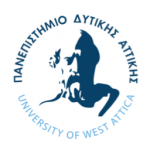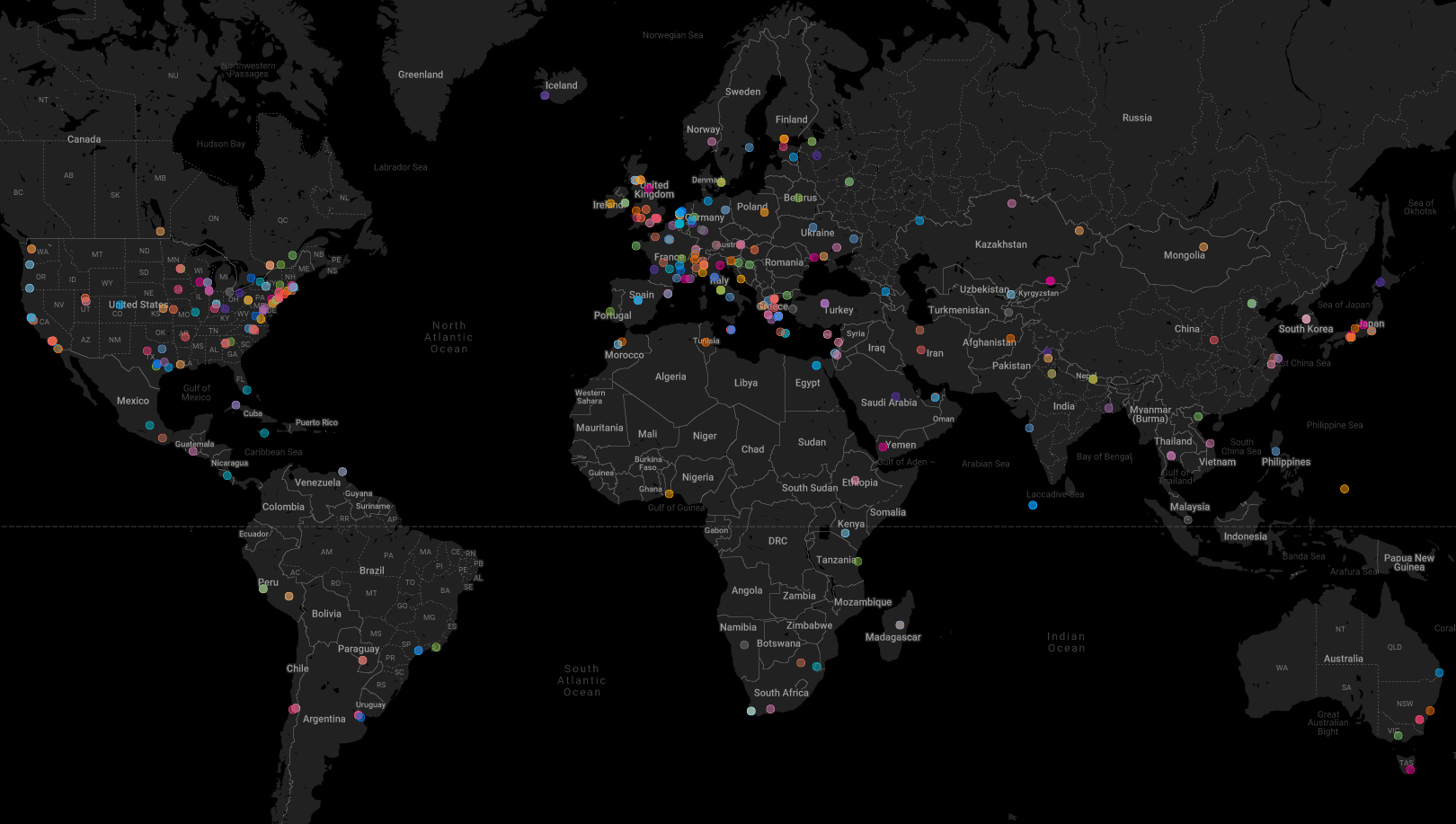Information Organizations and their Websites Performance
A Global Report for Summarization and Optimization Purposes Version 0.9.6
Description of the Report and Topic Justification
Now that the ICTs have matured, Information Organizations such as Libraries, Archives and Museums, also known as LAMs, proceed into the utilization of web technologies that are capable to expand the visibility and findability of their content. Within the current flourishing era of the semantic web, LAMs have voluminous amounts of web-based collections that are presented and digitally preserved through their websites. However, prior efforts indicate that LAMs suffer from fragmentation regarding the determination of well-informed strategies for improving the visibility and findability of their content on the Web (Vállez and Ventura, 2020; Krstić and Masliković, 2019; Voorbij, 2010). Several reasons related to this drawback. As such, administrators’ lack of data analytics competency in extracting and utilizing technical and behavioral datasets for improving visibility and awareness from analytics platforms; the difficulties in understanding web metrics that integrated into performance measurement systems; and hence the reduced capabilities in defining key performance indicators for greater usability, visibility, and awareness.
Technical Report Scope and Structure
In the first pages of this report, general information is presented regarding the names of the examined organizations. This also includes their type, their geographical location, information about the adopted Content Management Systems (CMSs), and web server software types of integration per website. Furthermore, several other data are visualized related to the size of the examined Information Organizations in terms of the number of unique webpages within a website, the number of images, internal and external links and so on.
Technical Report (Ver 0.9.6)
About the Team of the Project
Meet Our Team

Sotiris Christodoulopoulos
lb16030@uniwa.gr

Filippos-Rafail Doukas
alis18668105@uniwa.gr

Athena Georgaraki lb15033@uniwa.gr

Sofia Georgiadi
alis18668056@uniwa.gr

Luiza Gjolaj
lb17057@uniwa.gr

Florinda Kapllani
lb14061@uniwa.gr

Vaia Ketsati
alis19668159@uniwa.gr

Chrysanthi Leotsakou
lb14054@uniwa.gr

Lazarela Michali
lb17041@uniwa.gr

Theano Mina
lb13097@uniwa.gr

Alexia-Sofia Moraitou
alis18668110@uniwa.gr

Alexandra Nikitarakou
alis18668088@uniwa.gr

Alexandra Nomismatidou
alis19668077@uniwa.gr

Athena Nikolaou
lb15018@uniwa.gr

Panagiota Patikopoulou
alis19668090@uniwa.gr

Athina Stefanidaki
alis18668052@uniwa.gr

Aggelos Sioros
lb17028@uniwa.gr

Antonios Tataridas
alis18668083@uniwa.gr

Christina Xilogianni
alis18668104@uniwa.gr
Current Report Info
- Report on Zenodo: https://zenodo.org/record/4032420
- Report on Kaggle:https://www.kaggle.com/imrlab/information-organizations-websites-global-report
Information Management Research Lab
Department of Archival, Library and Information Studies
University of West Attica
Correspondence: Ioannis C. Drivas PhDc | idrivas@uniwa.gr | users.uniwa.gr/idrivas


